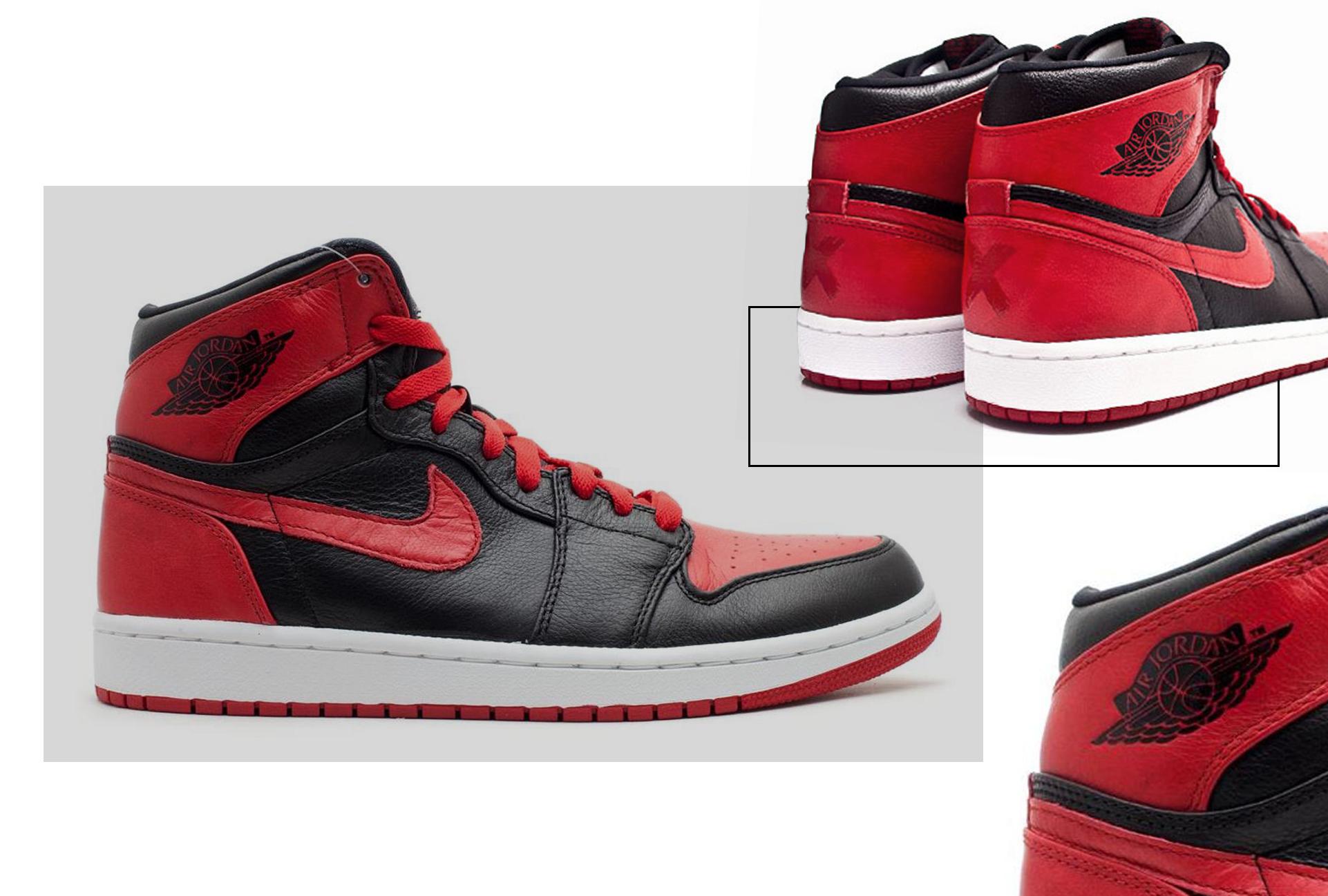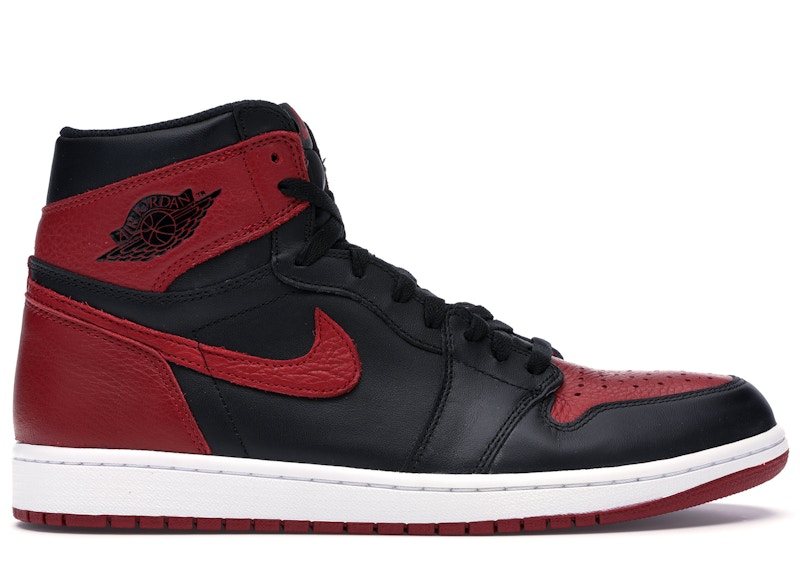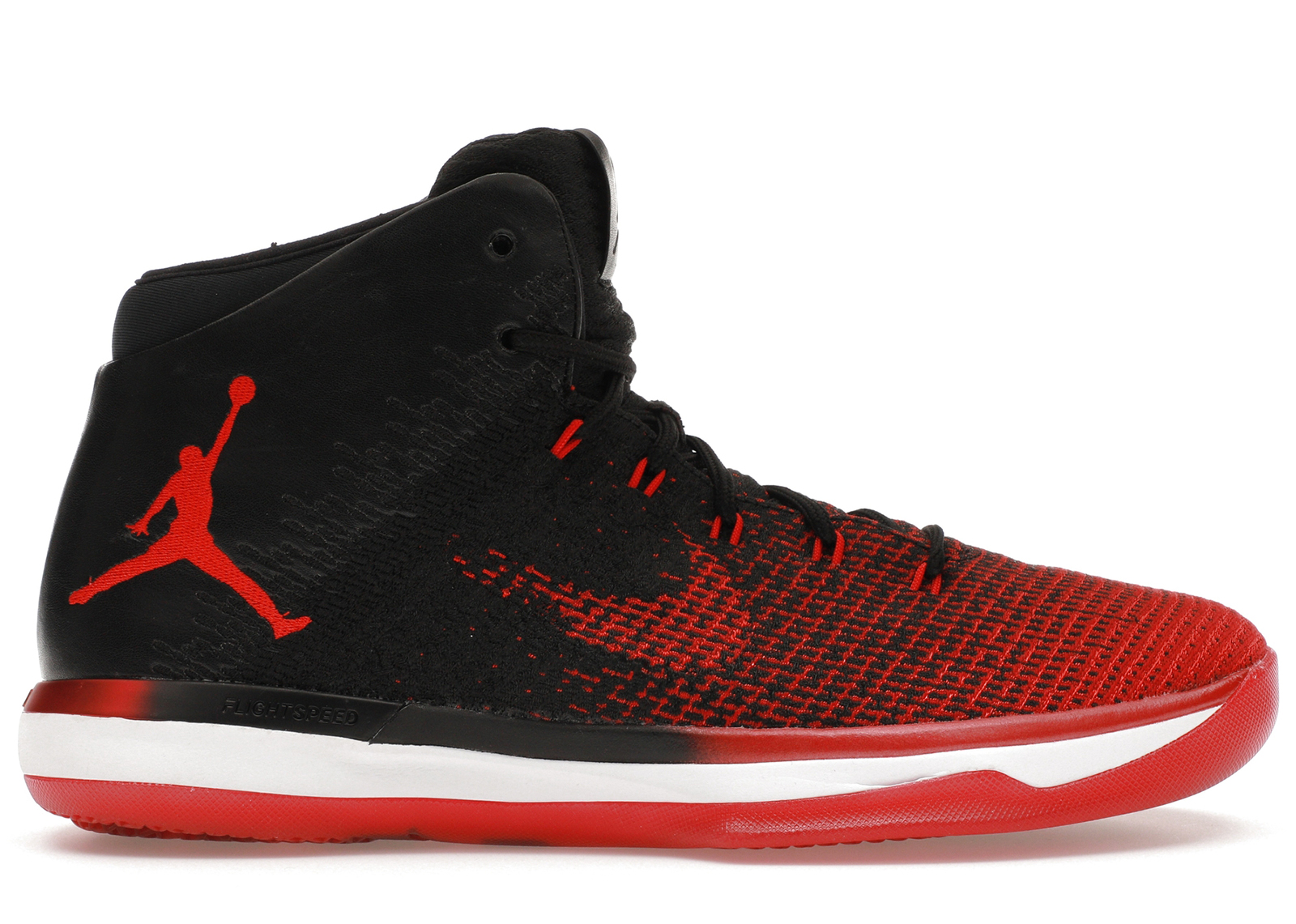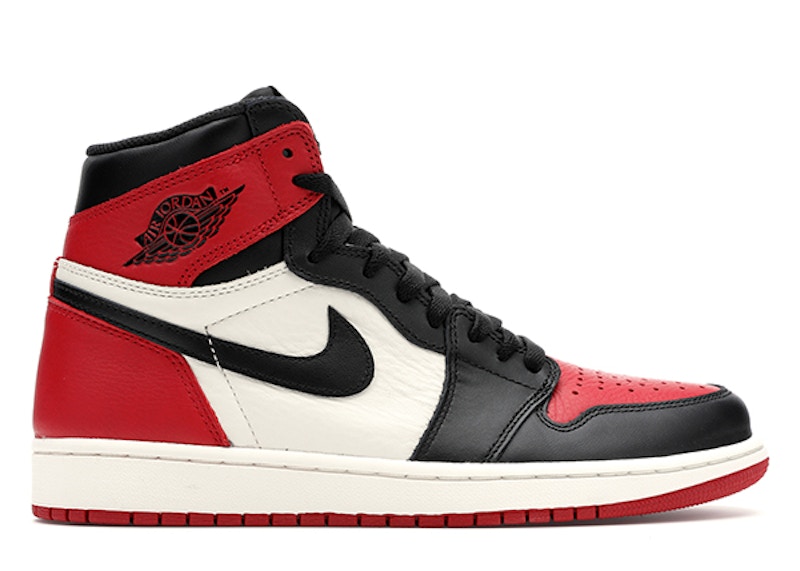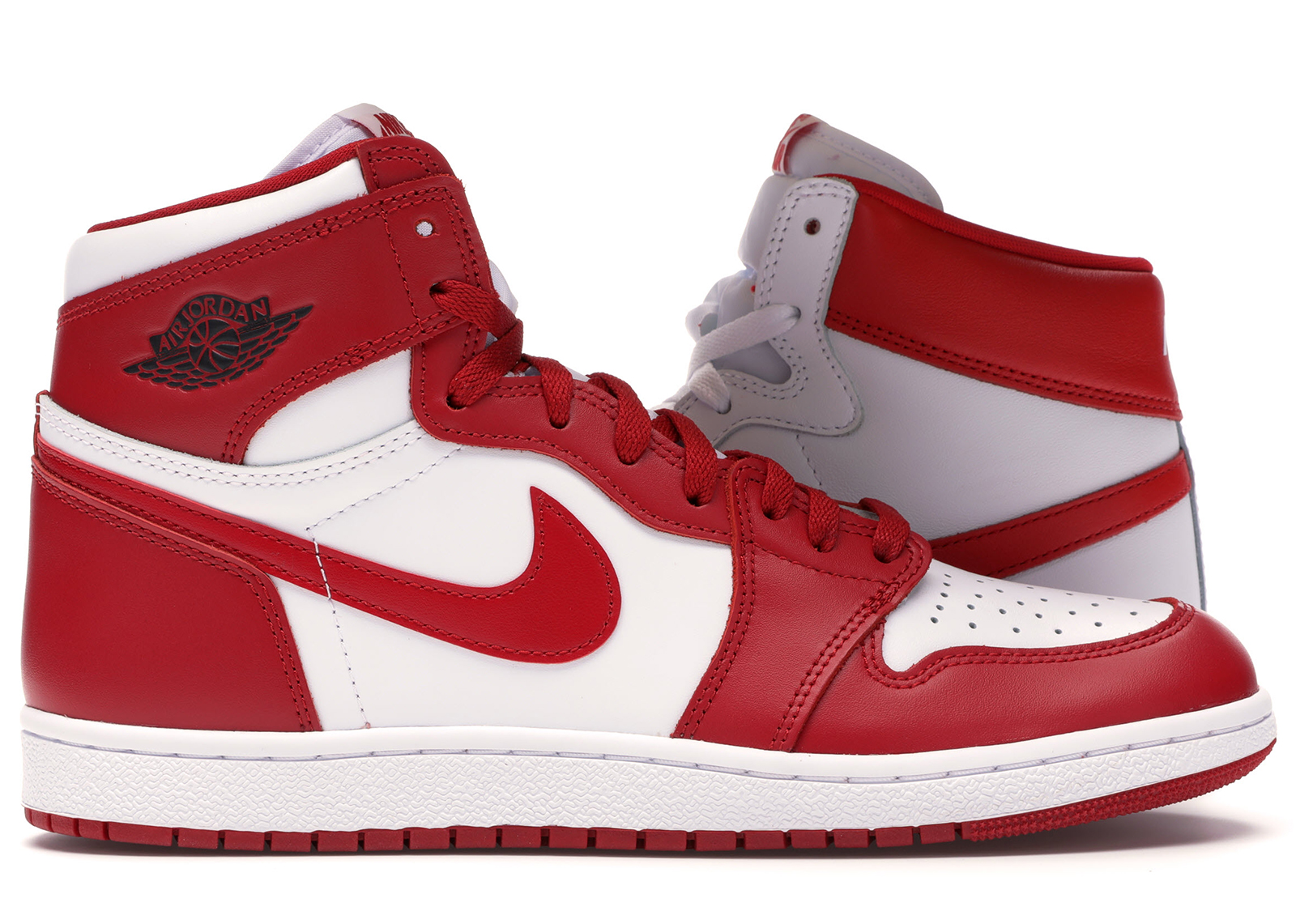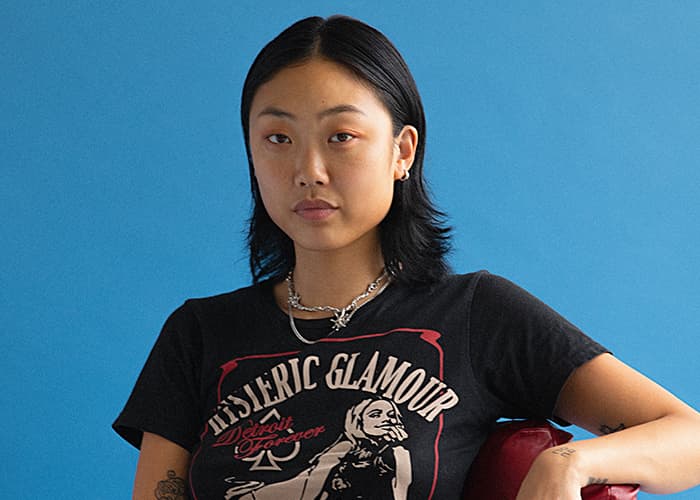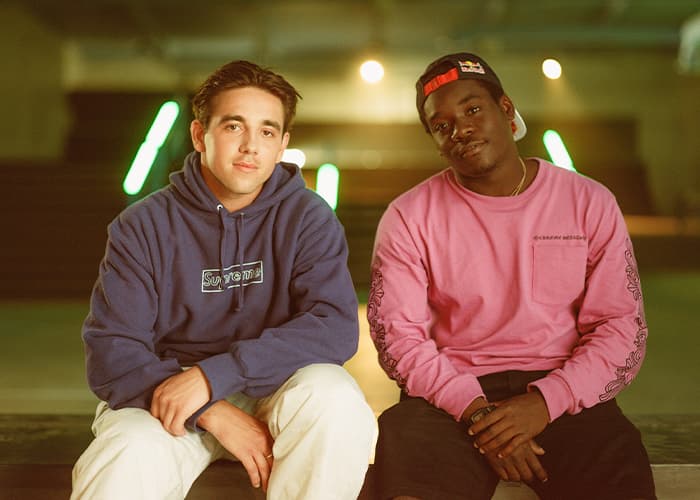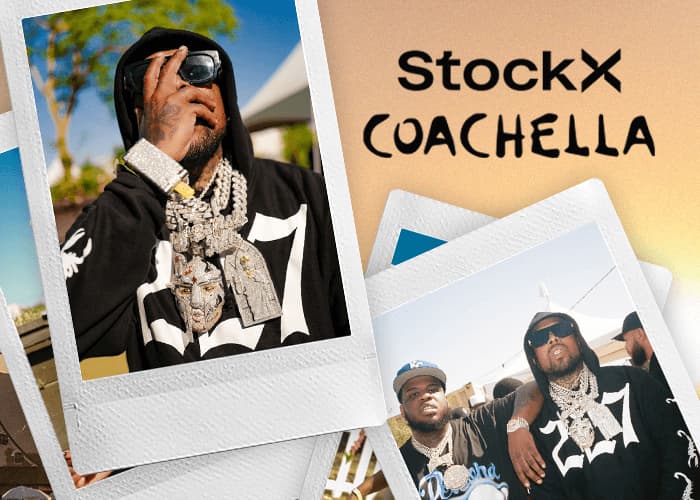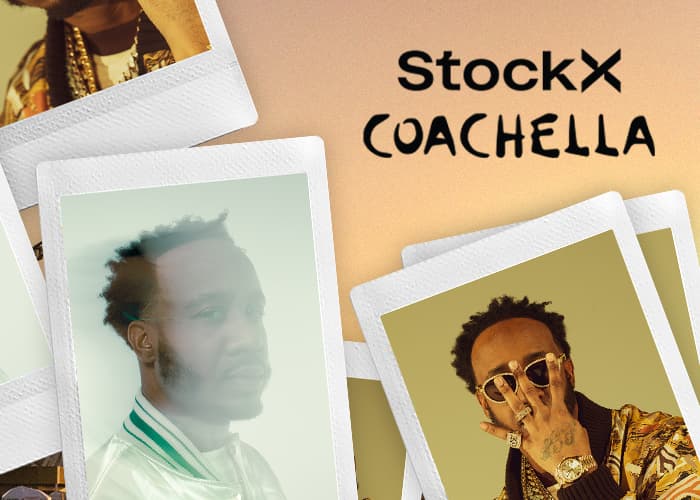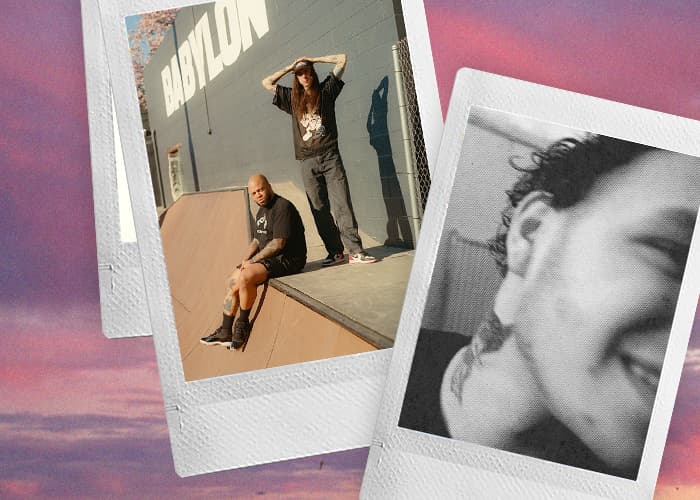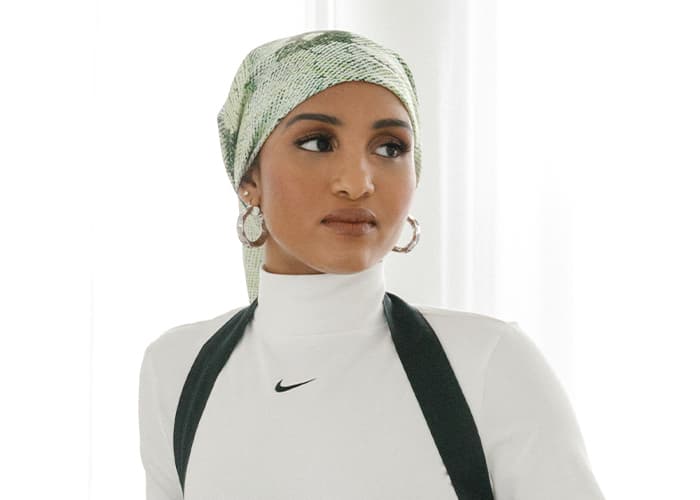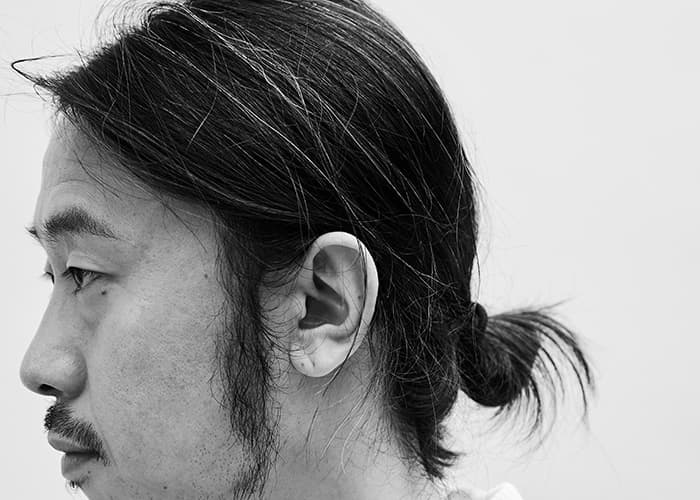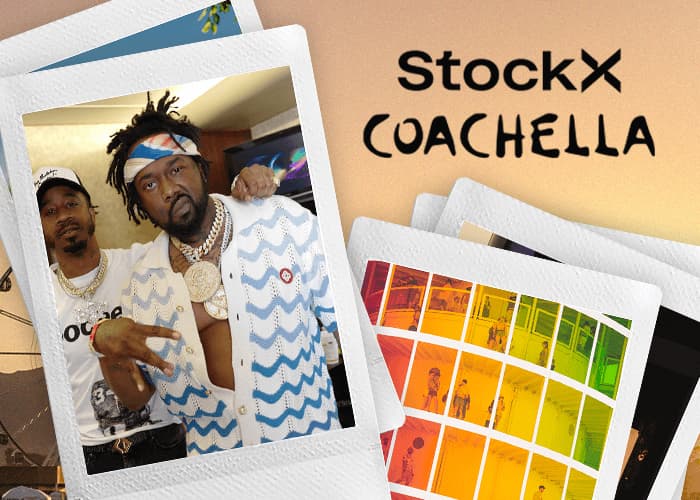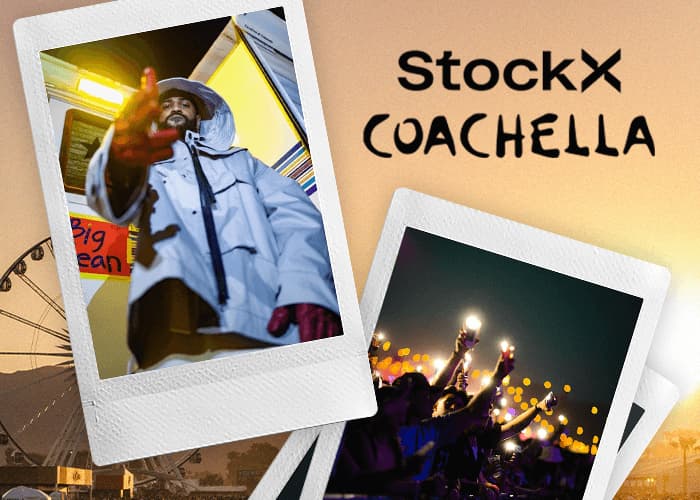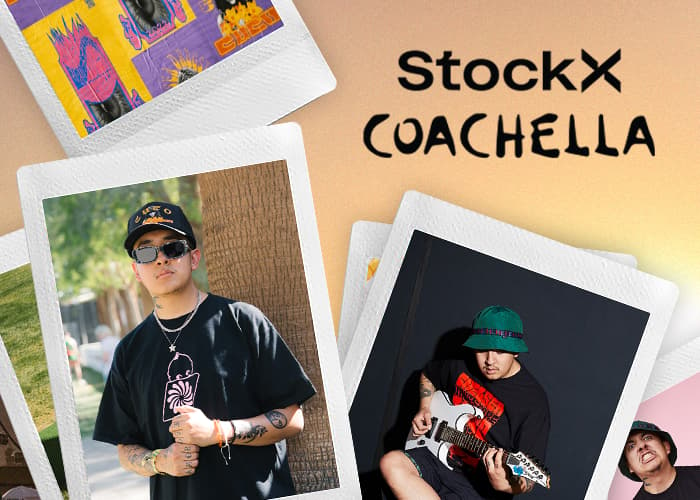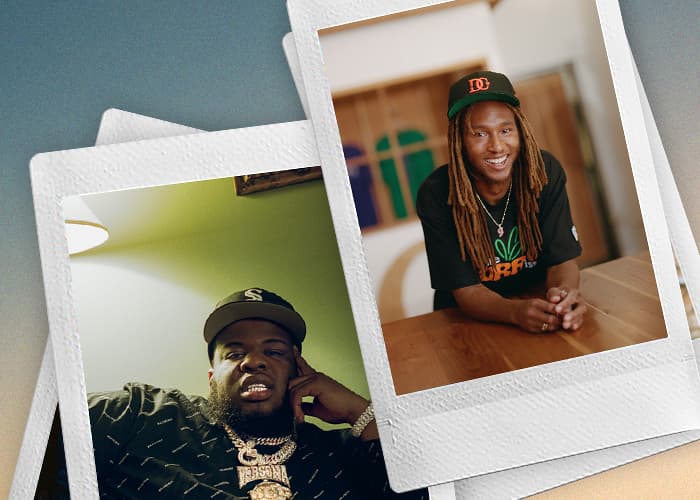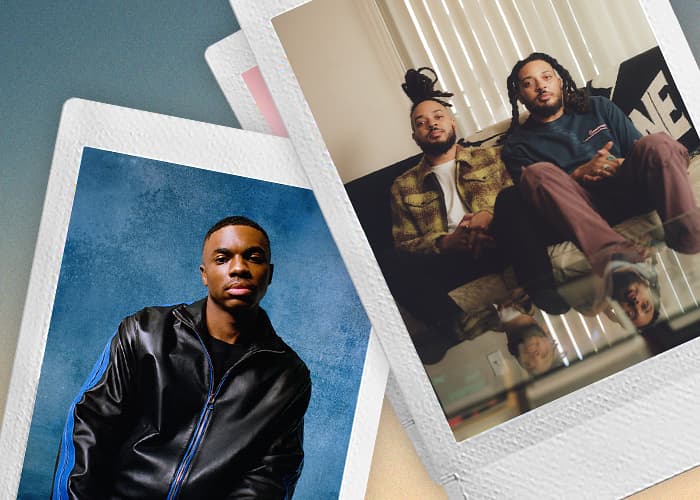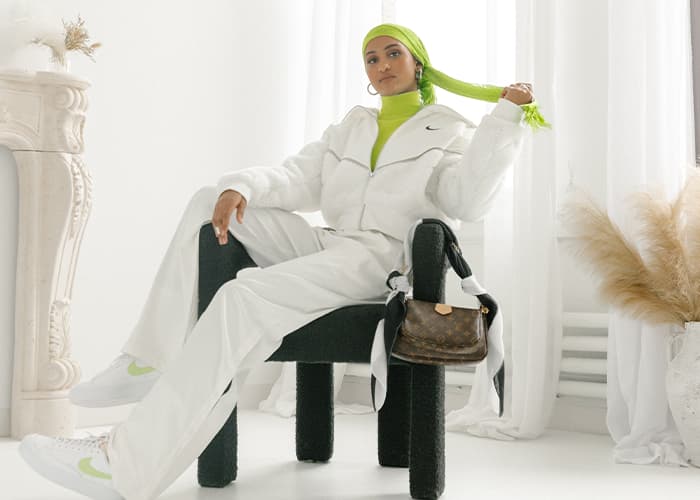Every culture is built off institutional memories, oral histories, and entrenched mythos, and sneaker culture is no different. Whether it’s the story of how Bill Bowerman made the first waffle soles for Nike, or how Nike dropped the last Air Yeezy after Kanye West bailed for adidas, or how Jordans were banned by the NBA. But the story of banned Jordans is not as clear as some others, so we’re going to break it down and try to answer that sticky question: What are banned Jordans?
Most simply, banned Jordans are the product of an apocryphal tale from Nike. The story goes that in Michael Jordan’s rookie year he wore a pair of Jordan 1s that didn’t adhere to the NBA’s uniform code and was immediately fined for every game he played wearing them. Nike believed in the player and the product, opting to pay the steep penalties to keep the pairs on court. The culture put this renegade spirit at the center of the brand’s story causing a fervor and launching the most successful sneaker partnership in history. Nike even made some very powerful ads about it.
That’s been the story that’s circulated for more than three decades. But it’s not true.
The true story is a little more murky and surprisingly less complicated.
Banned Jordans: The True Story
It is true that Michael Jordan was warned against wearing colorful sneakers on court when playing for the NBA, and it is true that black and red Jordan 1s would have broken the uniform code, but the shoes that caused the warning weren’t Jordans at all. At the time, the Air Jordans were still in development, so Nike and Jordan picked a pair of shoes that were visually similar: the Air Ship. The Air Ship has mostly disappeared from collective consciousness until just this past year when Nike came clean on the story and brought the sneaker back in the New Beginnings Pack. But there’s no evidence that Jordan even played a single game in Air Jordan 1s during his rookie year.
There are photographs of Jordan wearing Jordan 1s during his first season, but never on the court during a regular game. He wore them for the All-Star Dunk Contest, for photoshoots, and for unofficial games, but never during season play. There are also some photos of Jordan wearing the Jordan 1s during the next regular season, 1985-1986, but since he broke his foot after the first three games, he didn’t play most of that season. And that’s not the only element that the story gets wrong: Nike never paid a fine to the NBA.
The NBA’s letter, signed by Executive Vice President Russell T. Granik, could certainly be taken as a threat of fine, but neither the NBA nor Nike has been able to provide proof that fines were demanded or paid. Descriptions of “$5,000 per game” can be found all over retellings of the tale, but the only evidence of this kerfuffle comes in the form of the letters implying future fines, but nothing after.

The letter to Nike from NBA Executive Vice President Russel T. Granik about Michael Jordan’s sneakers.
So the historically accurate identity of banned Jordans is that they just don’t exist, despite what the ads and storytellers say. But we posit there is a truth that is far more subtle.
The “Banned” Impact
When Michael Jordan signed with Nike to create his own sneaker brand it was a monumental moment. Not only because Jordan would go on to be incredibly successful and celebrated for generations, raising both his own cache and Nike’s, but because it was the first time that a brand like Nike was taking such a significant chance on a young black man. Nike certainly wasn’t as big then as it is today, but that mutual success grew off of this foundational relationship, and Nike had a lot to lose if Michael Jordan wasn’t as successful as he was. Their relationship was a real investment.
The renegade spirit that was fostered through the inaccurate story of the banned Jordans was true, it just wasn’t about the shoes. It was about giving generations of undervalued fans someone to look up to and offer a roadmap of success that hadn’t really existed before. Every time Jordan sunk a basket he proved black excellence, and his position as a corporate equal with white businessmen showed that a country with segregationist roots could make room for real, equitable progress. It’s a message that resonated farther and deeper than a clever marketing story, but one the story helped to tell.
When it comes to sneakers, “Banned” is now merely a colorway name. The shoes that are widely accepted as “Banned Jordans” today are the Bred Jordans, or Black and Red Jordan 1s. Some versions have Xs on them to illustrate that they’re “Banned,” but similar to “Shattered Backboard” or “Royal,” these words have their own meanings. The word is not literally connected to an actual event, but rather an incredible story that set the foundation for an entire mythos and culture that was built on top of it. So much of sneaker culture is traded on rumor, whispers, and anticipation. The Banned story is just the first. And like the rest of them that followed, it’s ultimately more about the story than anything else. It’s a message. Each pair in a fan’s closet is a reminder of what the leather, stitches, and EVA soles mean – not what they literally are. They are a representation of a larger story that each sneaker fan fits into, to either collect a piece of history or emulate it for a greater future.


